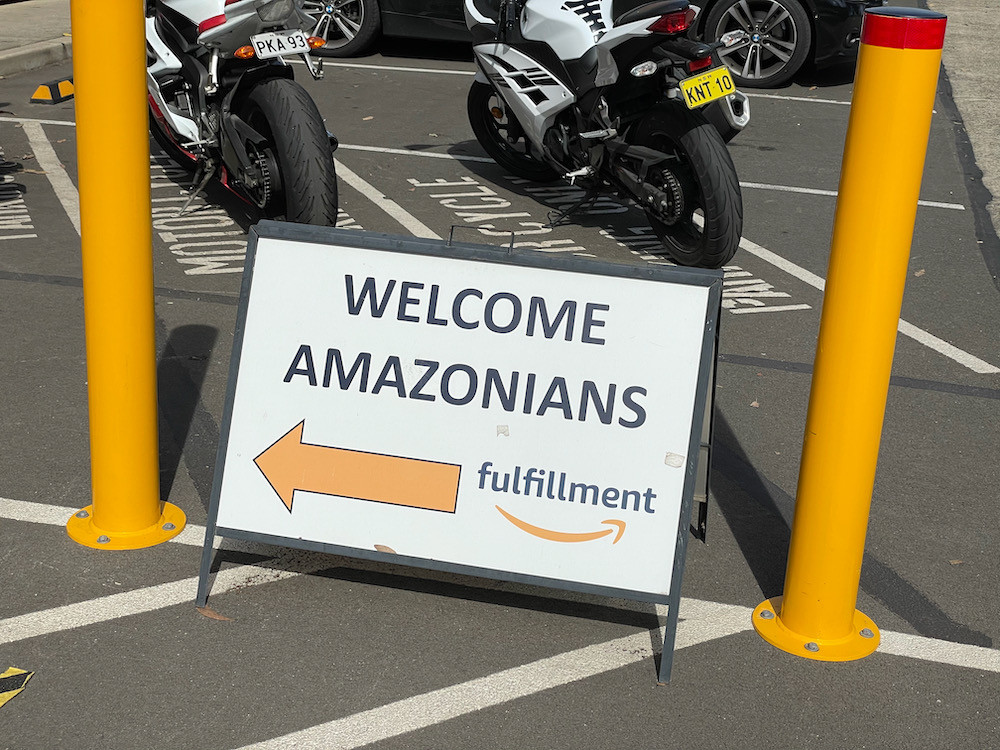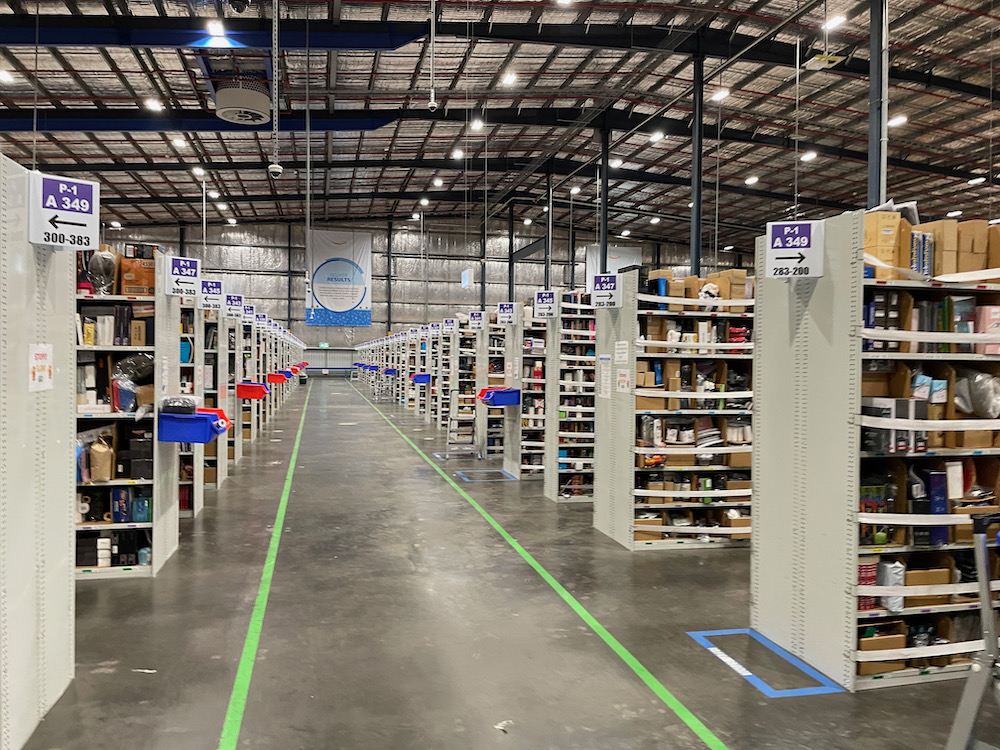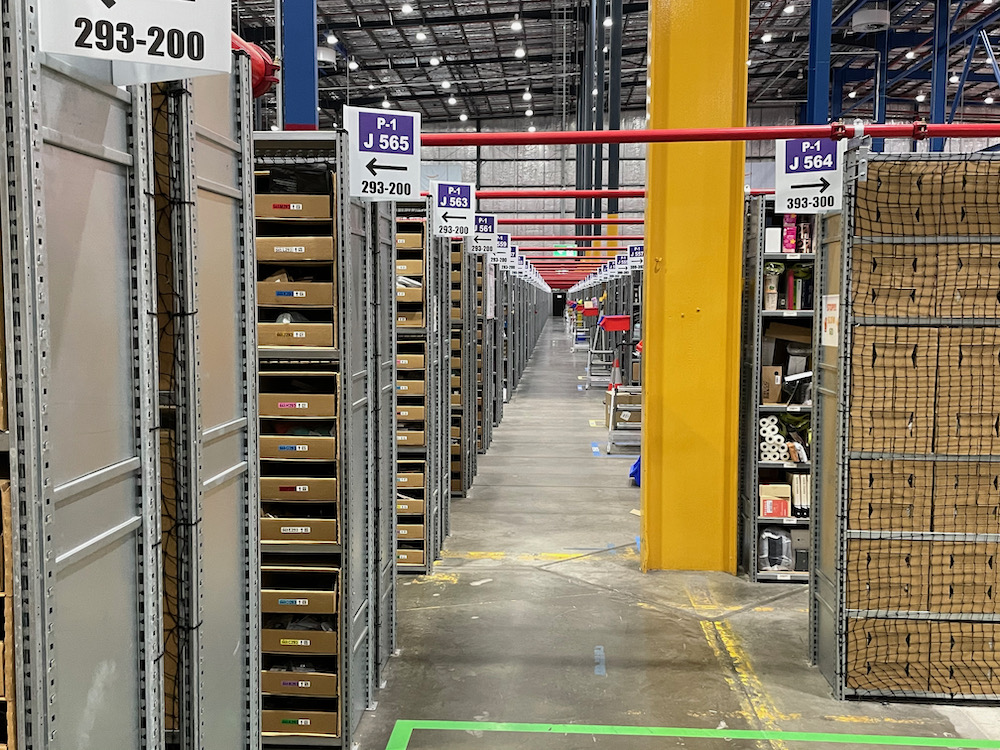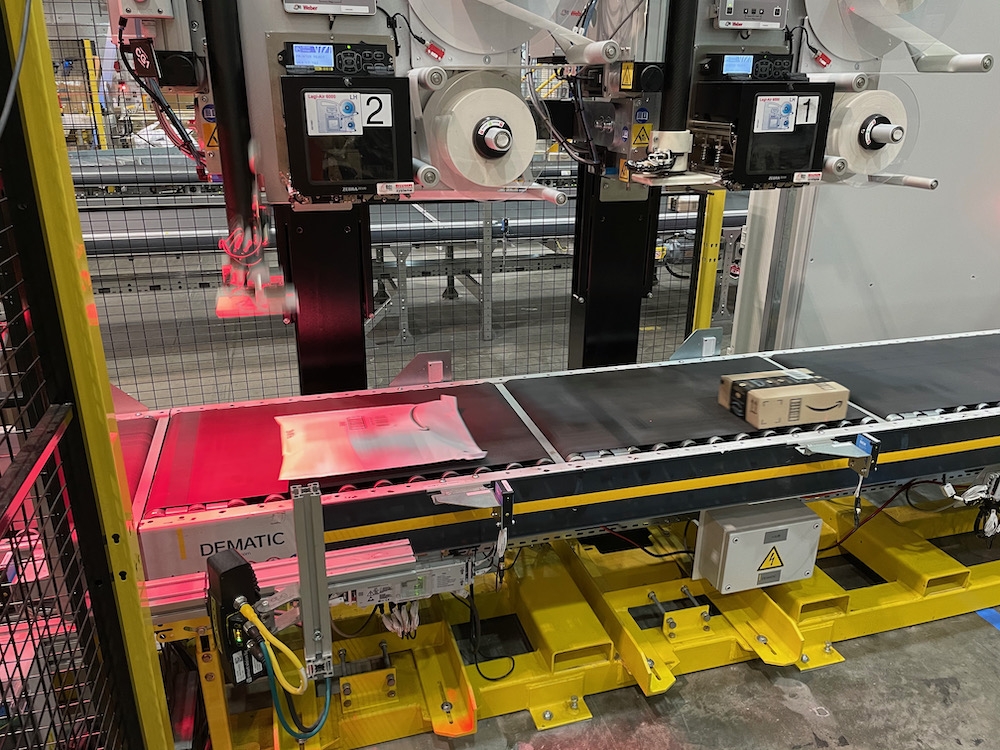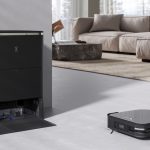We go behind the scenes at the Amazon Fulfilment Centre to see how your orders are processed
Amazon is the largest online marketplaces in the world and is used by millions of people every day. But have you ever thought about the logistics required to process your order and get it to your doorstep?
The wheels swing into motion the moment you hit the checkout button on the Amazon website.
Tech Guide was invited to the Amazon Fulfilment Centre (AFC) in the Sydney suburb of Moorebank to take a look behind the scenes at and see how the products we order are processed,stored, picked, packed and sent.
The Amazon FC is huge and covers 45,000 square metres with up to 700 employees under the one roof.
This is a major distribution centre which serves many Australian Amazon customers.
Amazon supports more than 10,000 small to medium businesses who leverage the company’s logistics and fulfilment expertise to reach customers around the country.
Tens of thousands of products arrive at the Amazon FC every day to be processed and ingested into the system.
items can vary in size and weight with everything from the smallest of earrings to the tallest ladder, flat screen TVs, appliances and even a near life-size stuffed giraffe.
Every item that arrives into the centre is scanned with a special piece of equipment that determines the size, weight and shape of the product and packaging.
This information comes in handy down the line to help the system determine packaging needs and sorting accuracy.
After being scanned the items are then stored on shelves and racks across the vast area of the centre.

The technology behind the whole operation is centred around barcodes and QR codes which can determine the item and its location anywhere in the facility.
Amazon actually uses what it calls a “random stow and pick” method.
This means an associate can place items wherever there is room on the shelves and racks.
Now you would think the best approach would be to store like items close to each other.
For example, all the books would be stored together with toys and other items having their own sections as well.

But that’s not the case here and initially you would think that would be counter intuitive to how a traditional warehouse would operate.
But this is not a traditional warehouse.
Random stow and pick has actually proven to be an efficient and time-saving way of working.
And because the system knows where every item is located it can set a list of items which can be picked in a certain order to reduce the time needed and distance travelled between storage locations.
When orders come in, an associate must retrieve those items from their stored location and prepare them for shipping.
Each pick is placed inside a yellow tote bin and then brought to a sorting area.
Here the products are then further sorted into their individual orders and placed into numbered racks.
And every step of the way there are more barcodes and QR codes to make sure the whole process is carried out swiftly and efficiently.
From here it’s time to pack and box the orders and prepare them for shipping.
Tech Guide editor Stephen Fenech even tried his hand at packing and boxing an order.
The first step was to scan the tote which revealed its contents before scanning the item itself.
Remember when the product was scanned to determine its size, shape and weight?
That information is used now to choose the correct box size to place the item.
The item we packed was a blanket and it required a certain size box which the system revealed once we scanned its barcode.
A nearby machine also gave us the exact length of tape needed to seal the box on the top and bottom.

Another barcode sticker was then placed on top of the box – that would also help identify the package within the system.
The next step was to place the box on a conveyor belt which led to another scanning area.
Each box is scanned via its barcode to reveal the order including the number of items and the actual products themselves.
The system also knows how much all of those products should weigh.

Weighing the box at this stage helps to confirm the right items are in the box.
If a customer has ordered a book, for example, and it shows up with a much higher or lower weight, the system will flag this box and direct it off the conveyor belt for repackaging.
Up until this point there is still no name or address on the box.
This is a step to help maintain customer privacy so their name can never be associated with items they have purchased by anyone inside the centre.
That is why the address label is applied at the very end of the process.
This is also done on the conveyor belt with a machine that knows, through the bar codes, exactly what order is inside the box and the correct label that needs to be applied.
The label itself is actually placed onto the box with a strong puff of air.
An arm descends down towards the packaging and literally blows it onto the box where it is stuck in place.
Amazon packs and ships tens of thousands of items every day.
Efficiency is so high that customers can in some cases ask for same day delivery.
So next time you click buy on the Amazon website you know exactly what’s involved.
We just hope the order we packed and boxed was right and delivered to the right place.
* Tech Guide editor Stephen Fenech was a guest of the Amazon Fulfilment Centre in Moorebank and was temperature checked on arrival and he wore a mask and kept an appropriate social distance while inside the facility.


